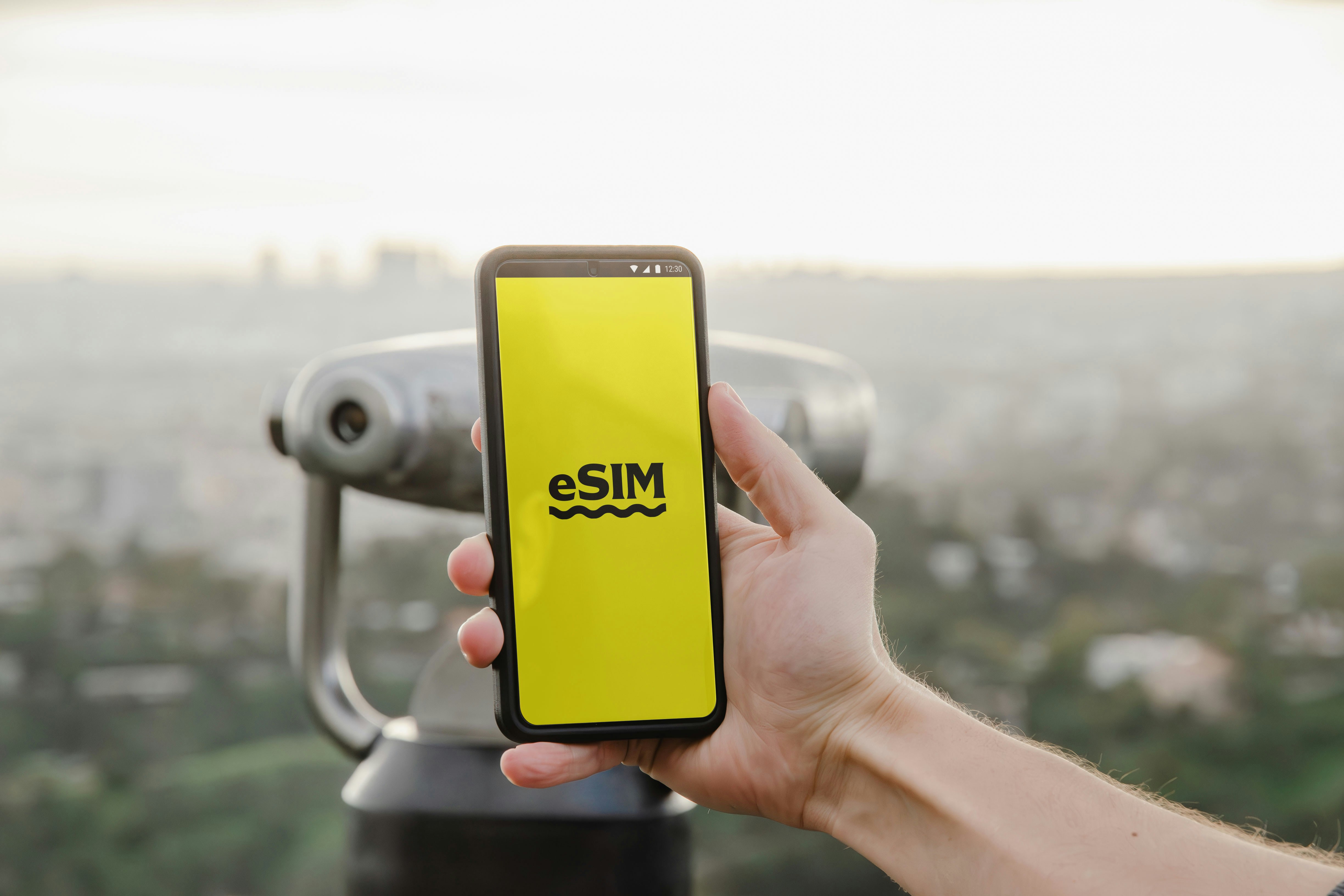Comparing eSIM to the physical SIM card seems easy, but actually, both options have their perks and quirks. Here, we’ll examine these features and others to compare and contrast the two, in order to help make your decision easier and get you the best option as quickly as possible. But for those, who already want to try eSIMs you can check Yesim.app for more details.
What is an eSIM?
eSIM or embedded Subscriber Identity Module is a virtual SIM card that operates differently from the common plastic-like form. As the name suggests, the eSIM is embedded within the contours of a phone, unlike the actual SIM card one has to physically slide into a telephone. It enables users to turn on a mobile plan, without necessarily needing to go to a store or wait to be provided a physical card.
If you want to check if your phone is suitable for eSIM, check eSIM support device list.
What is a Physical SIM Card?
A physical SIM card is mainly the common chip that links your gadget to a mobile network. It has to be inserted using your hands into a slot in the device, and most modern mobile phones have been designed to have slots for it. However, with the development of alternative technologies, such as eSIM, physical SIM cards are also actively used and popular all over the world.
eSIM vs. Physical SIM: A Quick Comparison
Advantages of eSIM:
● Convenience: No more waiting for a new SIM card to be shipped or going to a store. It is possible to activate an eSIM card using the settings app of your device directly.
● Easier Switching: Having an eSIM makes switching between carriers or plans very easy. As a result, you can keep switching between different providers or plans without having to deal with the physical cards making it perfect for the use of virtual SIM cards for international travelers.
● Space-Saving: The eSIMs do not need a card slot, meaning that devices can be thinner or the extra space could be used on larger batteries.
● Enhanced Security: eSIMs are molded onto an existing phone therefore they cannot be stolen or replaced by fraudsters.
● Supports Multiple Plans: It could include multiple travel SIM card profiles to enable change between the personal/business lines, or between the local/international plans.
Disadvantages of eSIM:
● Limited Compatibility: It must also be noted that not all devices are compatible with eSIM technology and certain smartphones necessarily would still use the physical SIM.
● Complex Setup: A handful of users may have a tough time activating an eSIM since it requires making configurations on the device’s settings and reading a QR code.
● Not Easily Transferable: In case your phone is dead or its signal drops, you can have a hard time swapping an eSIM onto a different device.
Advantages of Physical SIM Cards:
● Wide Compatibility: Physical SIM cards work across a broader range of devices, including older phones.
● Easy to Use: Setup is as simple as inserting the SIM card into your device and connecting to the network.
● Switching Devices: If you switch phones often, a physical SIM can be easily transferred between devices, making it convenient.
● Availability: Physical SIM cards are widely available at airports and other places, which makes them convenient for getting a travel SIM card while abroad.
● Manual Backup: In case your phone malfunctions, you can quickly remove your SIM and use it on another device.
Disadvantages of Physical SIM Cards:
● Risk of Damage or Loss: These small cards are easy to misplace or damage. If lost, you may have to go through the process of acquiring a replacement SIM.
● One Plan per SIM: A physical SIM is typically tied to a single carrier plan, which limits flexibility for users who want to use multiple accounts on one device.
● Less Security: Physical SIM cards can be stolen or swapped more easily than eSIMs, which are embedded in the device.
eSIM for Travelers
For frequent travelers, an eSIM provides a host of benefits. With a virtual SIM card, you can activate roaming data SIM cards or local data plans instantly in your destination country. This eliminates the need to physically swap SIM cards and risk losing them. You can also manage several profiles on one phone, making it easier to switch between a local data plan and your primary number while traveling.
Physical SIM: The Reliable Choice for Older Devices
If your device doesn’t support eSIM, a physical SIM card is still the best option. It offers wider device compatibility and is simple to activate. You can easily find prepaid physical SIMs at airports or convenience stores, making it a practical choice for travelers who prefer roaming data SIM cards or those on older phones.
Which is Best for You?
Choosing between eSIM and physical SIM comes down to your specific needs.
● For Travelers: If you travel often, an eSIM service is likely the better option. It allows you to switch carriers quickly and eliminates the need to carry multiple SIM cards. You can even store different travel SIM card profiles for various destinations.
● For Frequent Device Switchers: A physical SIM card may be more practical if you frequently change devices or rely on older smartphones that don’t support eSIM. The ability to easily remove and transfer your SIM between devices offers flexibility.
● For Business Users: eSIMs are ideal for managing multiple lines on one device. If you often switch between personal and business accounts, you can store several plans without carrying extra SIMs.
Future of SIM Cards
The future of mobile connectivity is leaning toward eSIMs, as seen with recent iPhone models that come without a physical SIM slot in some regions. As more carriers worldwide offer eSIM services, adoption will increase, potentially making the physical SIM obsolete in a few years. However, many regions still rely heavily on physical SIM cards, so it may be a while before they disappear completely.
In conclusion, while eSIM cards offer convenience, flexibility, and security, physical SIM cards remain a reliable and widely supported option. Your decision should depend on your device compatibility, usage needs, and whether you prioritize flexibility or simplicity.





-3.jpg)

